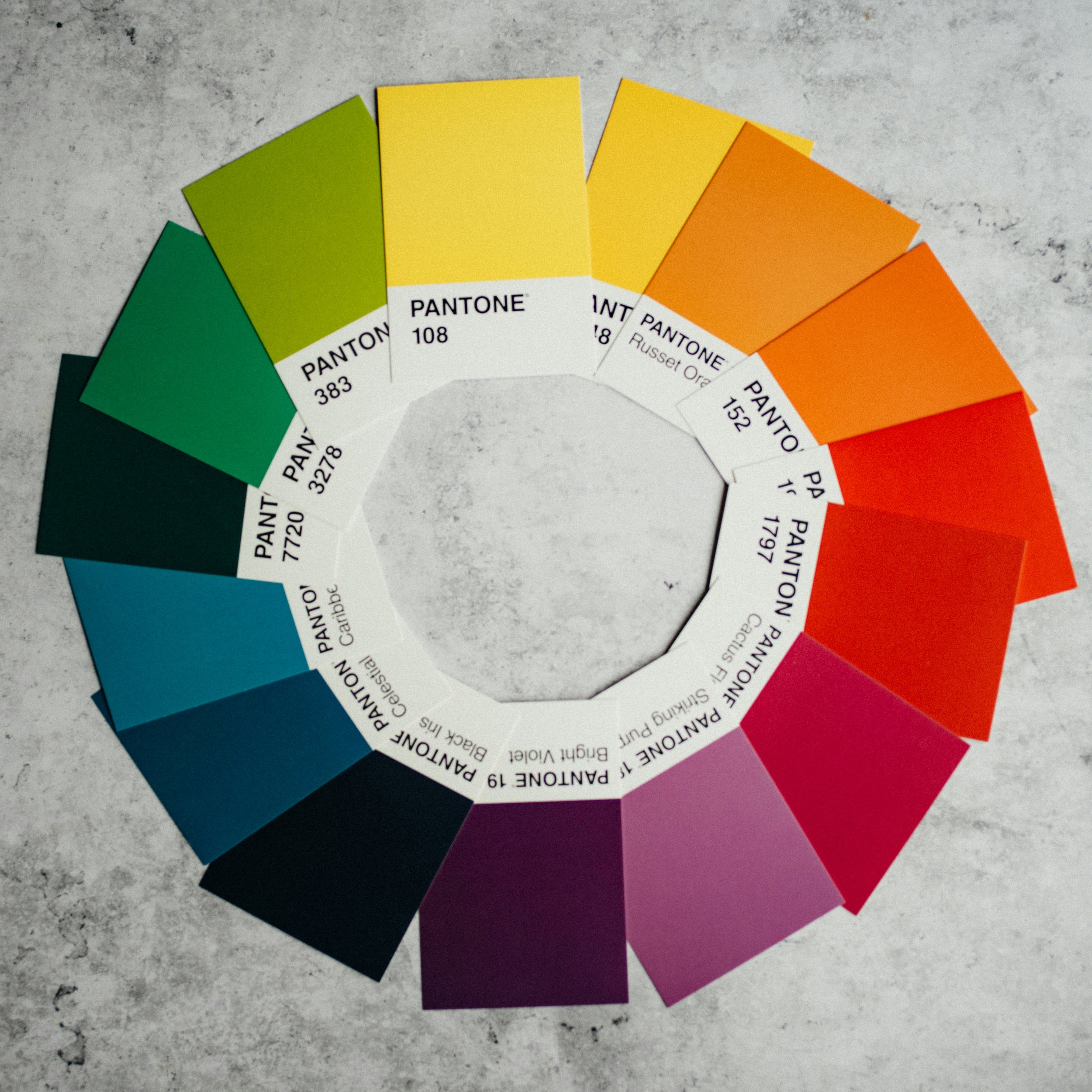Color Harmony in Interior Design: Selecting Art to Complement Your Palette
The art of interior design goes far beyond arranging furniture and choosing the right decor. One of the most powerful tools at your disposal is color, and understanding how to create a harmonious color palette can transform your living spaces into works of art. As both an artist and an interior designer, I've witnessed the transformative power of color firsthand. In this article, we'll explore the art of crafting a harmonious color palette in interior design and how to select art that complements your chosen palette.
Dominant Color: Setting the Tone
Your dominant color is the cornerstone of your color palette. It's the primary hue that establishes the overall atmosphere of your space and the over all color in a piece of art. Selecting the dominant color involves considering your personal preferences and the mood you want to create.
The same art work has a vastly different feeling when in rooms with different color palletes. Bek Harris’s Bloom Collection looks soft and natural in image 1 with a yellow sofa while they look striking and dramatic in image 3 against a dark blue wall.
For example, a soft, muted blue can serve as the dominant color for a serene and calming living room, while a vibrant yellow can infuse energy and warmth into a bedroom.
Accent Colors: Adding Character
Accent colors are complementary hues that add depth and character to your palette. They play a crucial role in providing visual interest and balance. To choose accent colors, consider colors that harmonize with the dominant hue.
For a blue living room, accent colors like pale gray and seafoam green can be introduced, while a yellow bedroom might include accent colors such as a grassy green and crisp white.
Light, Dark, and Midtones: Balancing Act
To create a dynamic and balanced color palette, it's essential to incorporate light, dark, and midtone colors. This ensures that your space isn't overwhelmed by one extreme.
Light Colors: Introduce airiness and brightness to your design. Light colors include pale pastels, soft neutrals, and whites.
Dark Colors: Add depth and coziness to a space. They can be used for accent walls, furniture, or decor elements.
Midtones: Provide the core of your color scheme. They balance the light and dark elements.
Neutral Colors: The Glue
Neutral colors, such as shades of gray, beige, white, and black, offer a sense of balance and harmony in your color palette. They can be used for walls, flooring, and foundational pieces like sofas and area rugs.
A selection of neutral colors including lights, darks, and midtones in warm, cool and neutral colors of greys, browns and taupes.
Selecting Art to Complement Your Palette
Art plays a pivotal role in enhancing your color palette. When choosing art for your space, consider the dominant and accent colors in your room palette.
You have several options when it comes to selecting art that compliments your space. Look for artworks that incorporate these colors, creating a sense of continuity and balance. Additionally, explore art that introduces new shades or hues that harmonize with your palette. Lastly, you could consider either complimentary colors (colors opposite on a color wheel like blue and orange) or colors adjacent to each other (so greens and purples for a blue room)
Choosing colors next to each other, or opposite each other on a color wheel creates easy color palettes (photo of color chips arranged in a color wheel by Annie Spratt on Unsplash)
As an artist deeply attuned to the power of color, I offer a portfolio of available prints and original pieces. Each artwork is a testament to the beauty of color, and I'm here to assist you in finding the perfect piece that complements your palette and resonates with your heart.
Conclusion: Crafting Your Color Symphony
Creating a color palette is like composing a symphony of hues that harmonize and resonate with your personal style. By understanding the roles of dominant and accent colors, light and dark elements, midtones, and neutrals, you can craft a color palette that perfectly suits your desired atmosphere. The art of interior design truly shines when you embrace the world of colors, allowing them to paint your living spaces with emotion and beauty.
Don't hesitate to enhance your home with the art of color harmony. Your masterpiece awaits!







